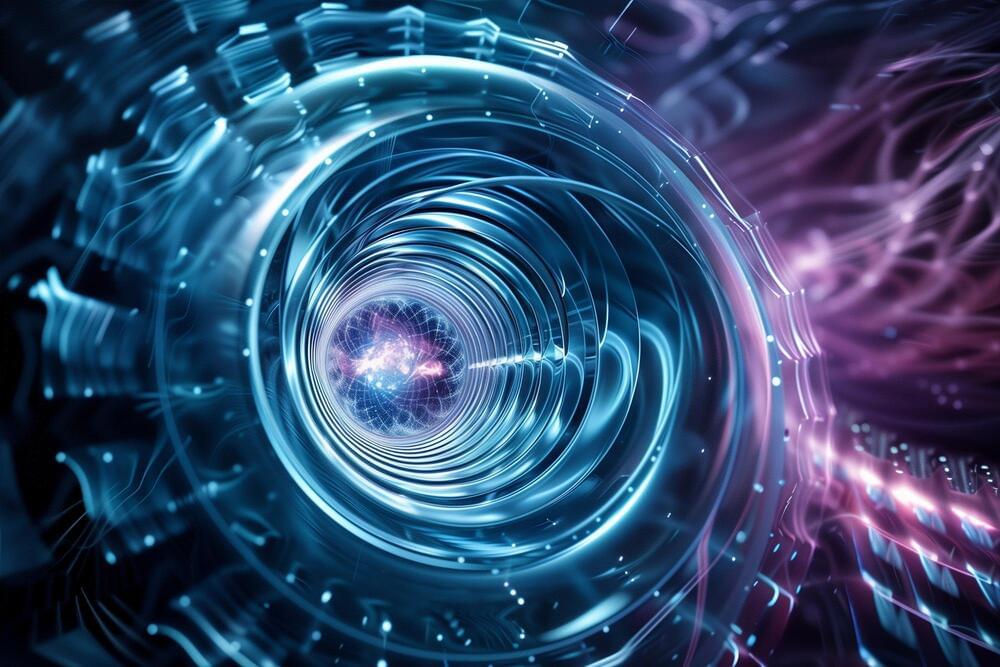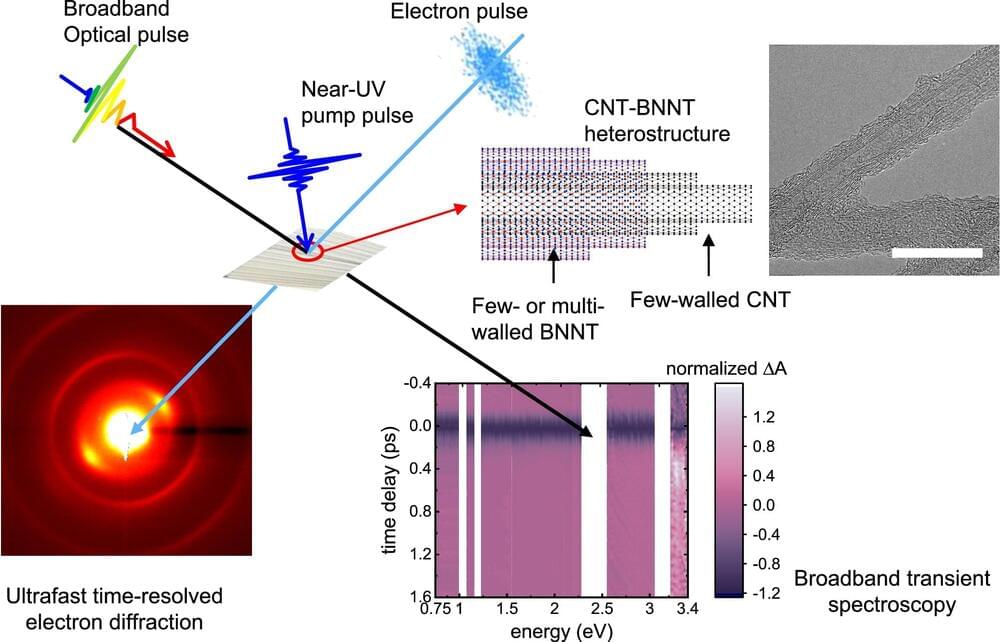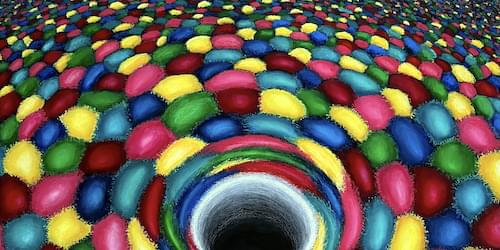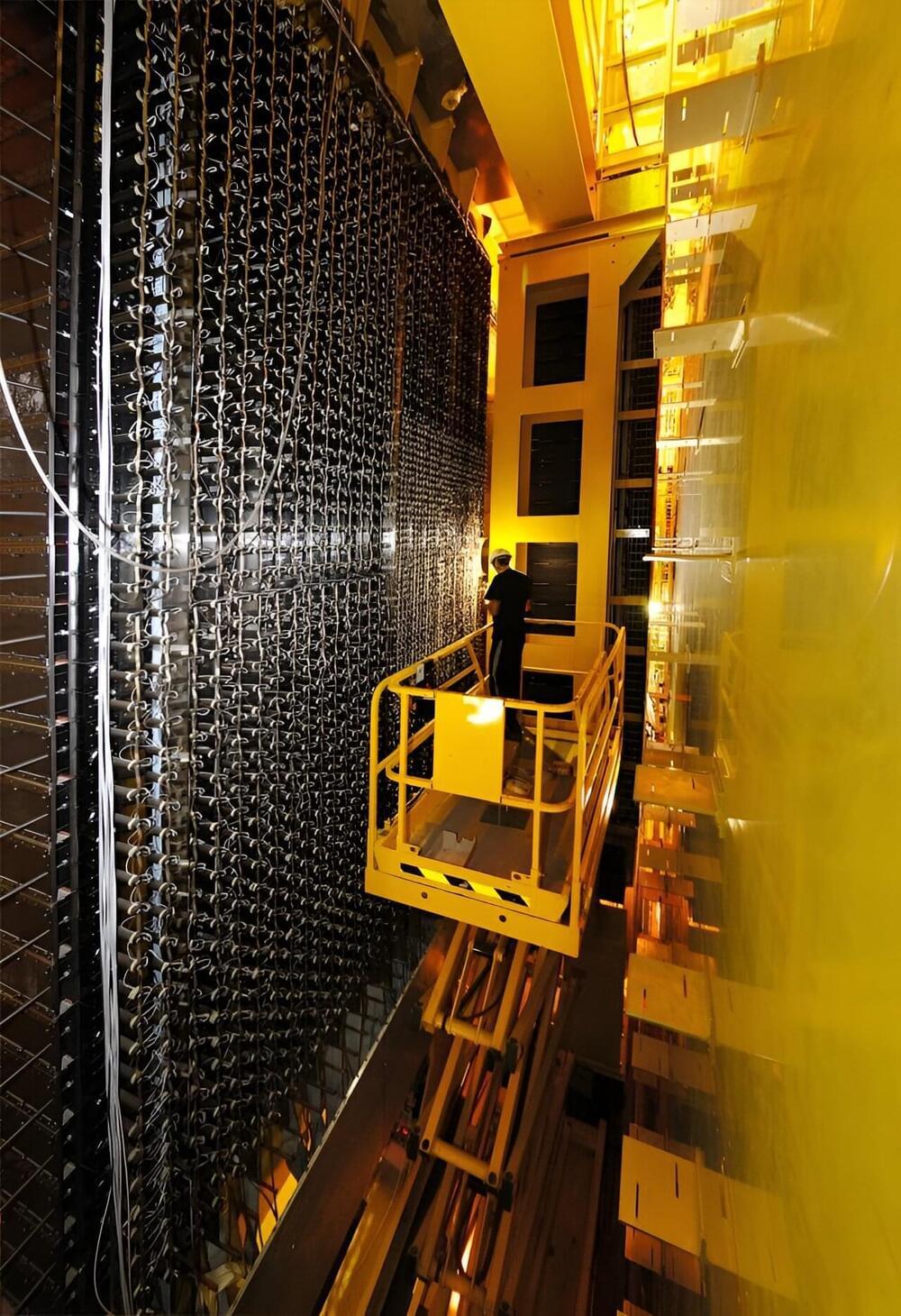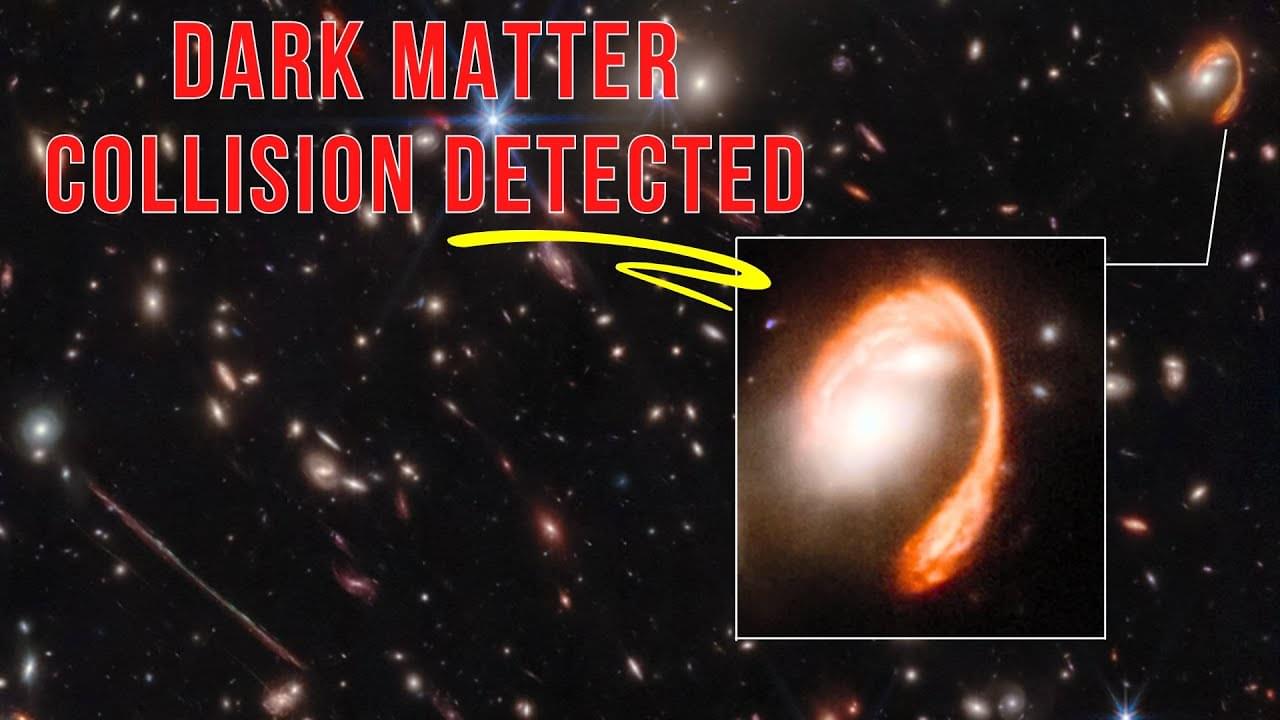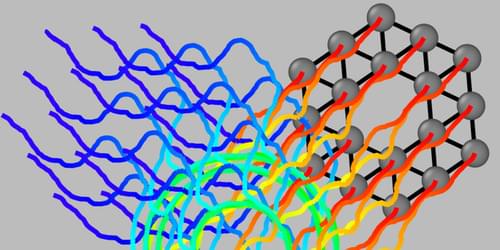
Collections of mobile, interacting objects—flocks of birds, colonies of bacterial, or teams of robots—can sometimes behave like solid materials, executing organized rotations or gliding coherently in one direction. But why such systems display one kind of collective organization rather than another has remained unclear. Now researchers have developed a theory that can predict the pattern most likely to emerge under specific conditions [1]. The theory, they hope, may be of use in designing living and artificial materials that can autonomously adapt to their environment.
An “active material” is any system made up of interacting objects able to move under their own power, such as animals, cells, or robots. In so-called active solids, a subset of active materials, strong cohesion between neighboring elements makes the collective act somewhat like a solid. Examples include clusters of certain cell types and networks of robots with rigid connections.
Active solids can display several kinds of collective, organized motion, says Claudio Hernández-López, a PhD student at the École Normale Supérieure and Sorbonne University in France. For example, researchers have observed both coherent rotations and coherent translations in collections of microbes from the phylum Placozoa. Existing theories, however, fail to explain pattern selection—why, if several patterns are possible, does one pattern of behavior emerge rather than another?


